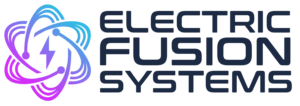Infrared spectra have been recorded for all of the vibrational fundamental regions of NH8 in argon, krypton, and xenon matrices, for the VI fundamental region of NH8 in neon and nitrogen matrices, and for the ~2, VP’,a nd ~4” fundamental regions of the deuterated ammonias in an argon matrix. Detailed studies of the temperature and time dependence of absorptions attributed to rotational structure in the vibrational transitions have led to an assignment consistent with almost free rotation of the ammonia molecule in rare gas matrices. The theory of Devonshire has been used to evaluate a barrier to rotation of NH3 in these matrices. The inversion splittings observed for the ~2f undamentals of NJ&, NHzD, and NHDz are somewhat smaller than for the gas-phase molecules, but the calculated inversion potential barrier is increased by only about 10% in the rare gases. No structure in the ~2 spectral region can be attributed to the rotation or inversion of NH-d, in a nitrogen matrix. However, rotation of the molecule about its C3 axis may occur in the nitrogen matrix.
Introducing EFS’s Fusion Energy AI Ambassador
BROOMFIELD, Colo., September 21, 2023 (Newswire.com) – Electric Fusion Systems (EFS) acknowledges the challenges faced in conveying the intricacies of our novel fusion approach to

